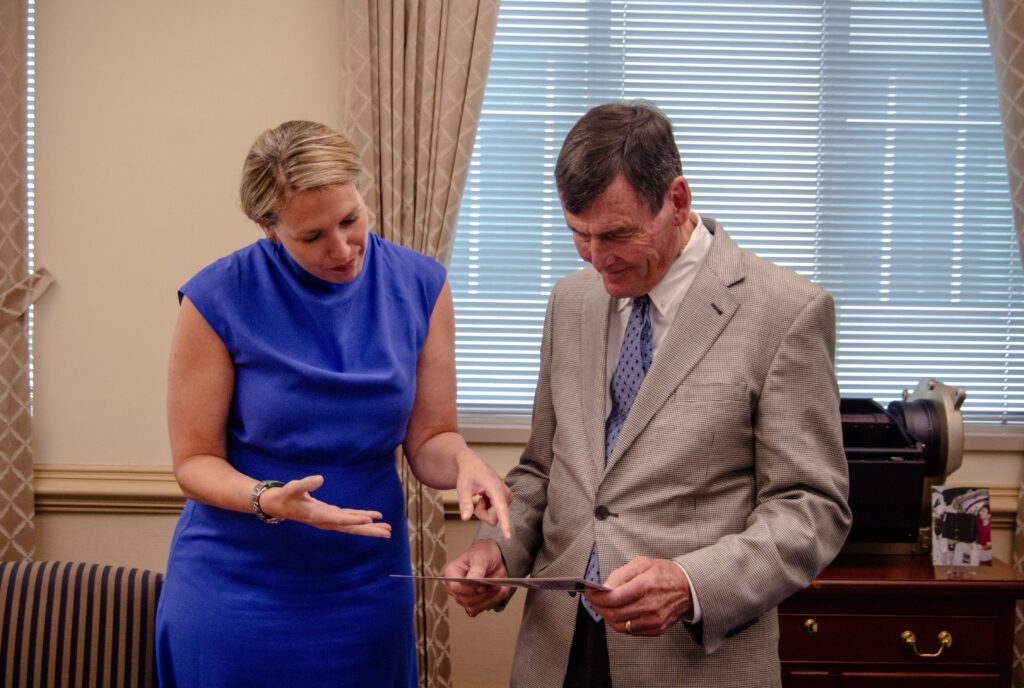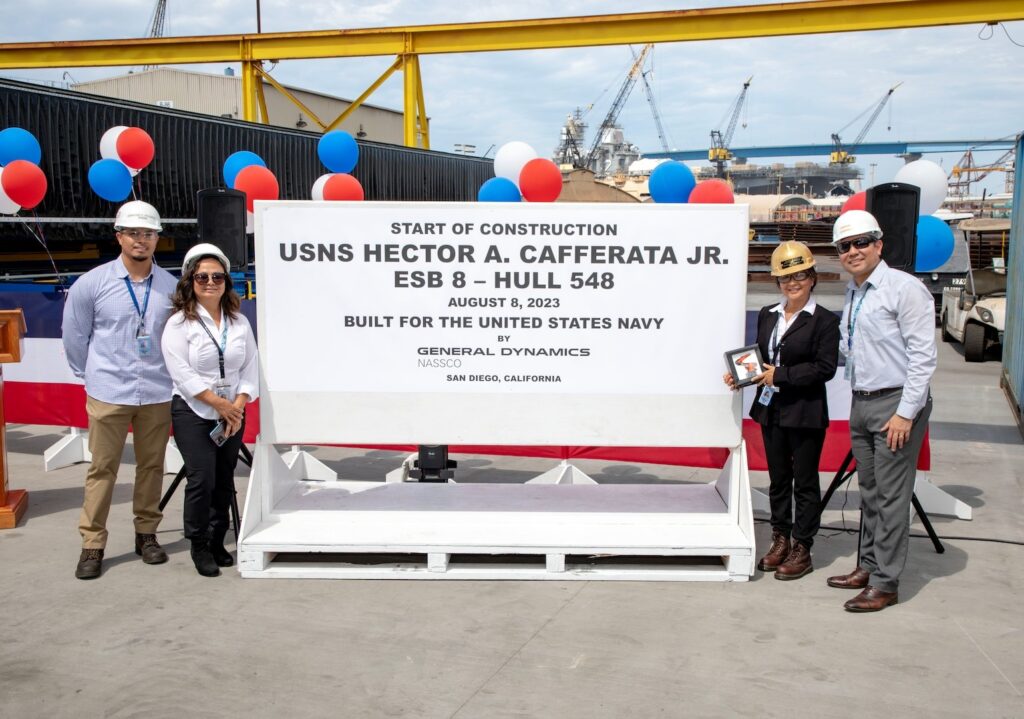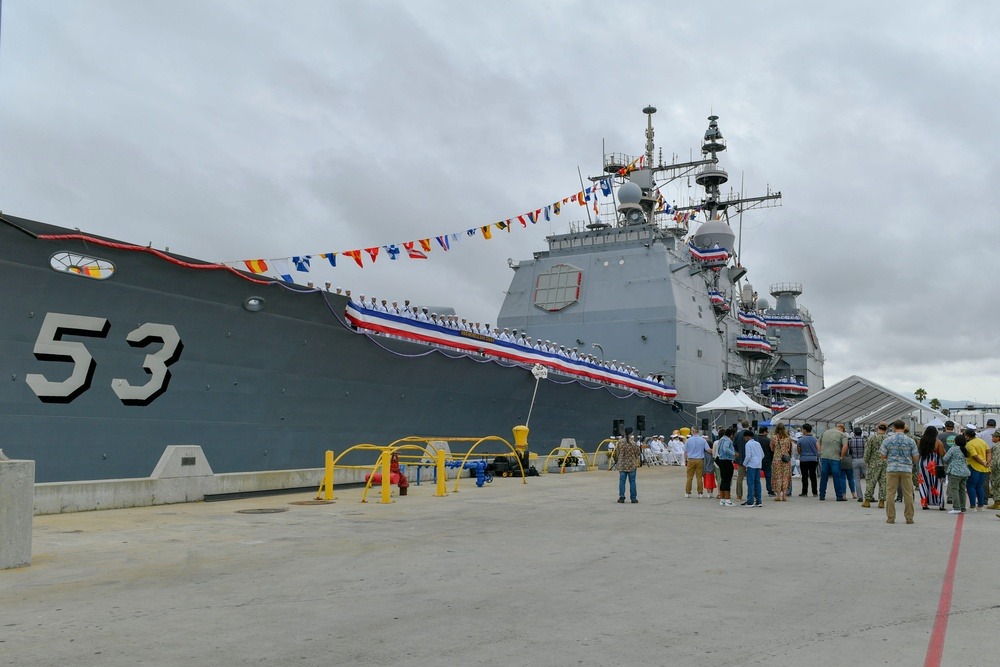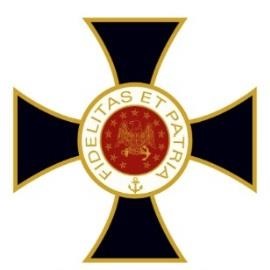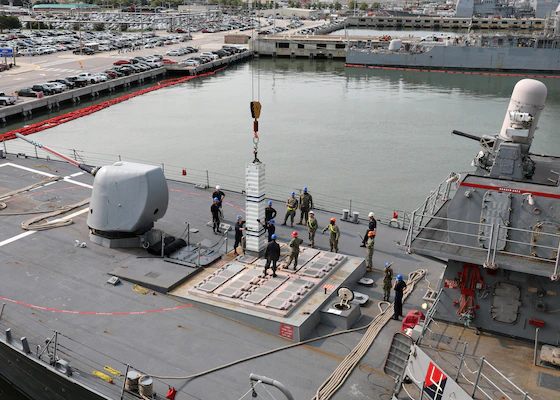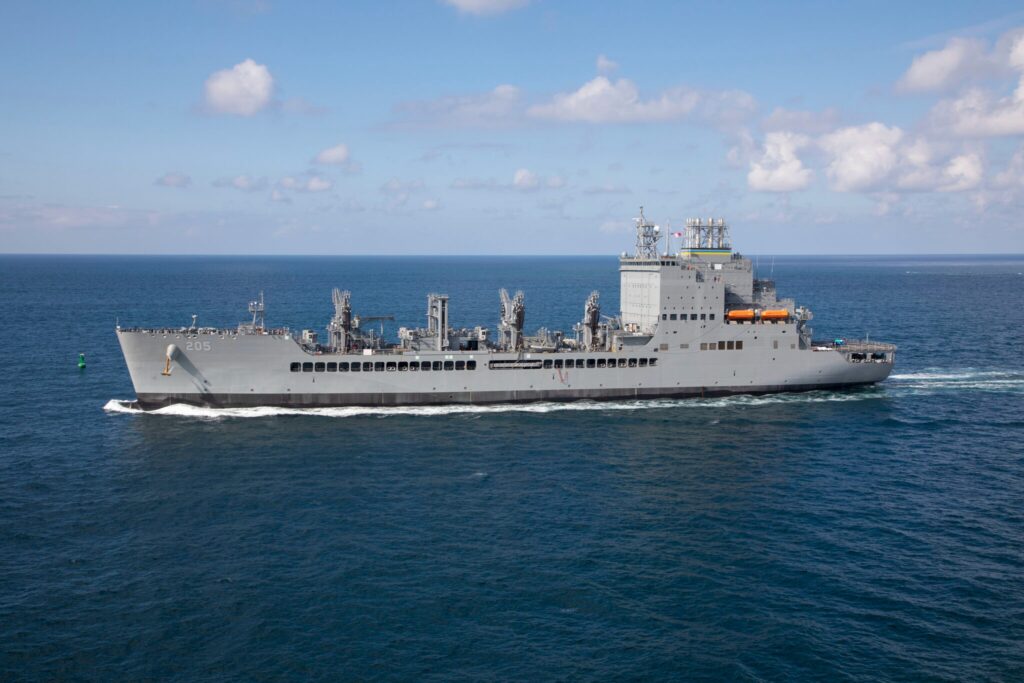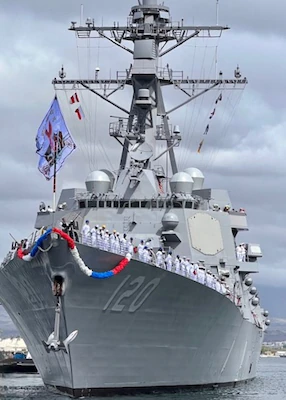Secretary of Defense Lloyd J. Austin III Remarks at the Chief of Naval Operations Relinquishment of Office Ceremony
Release from the U.S. Department of Defense
*****
Good morning, everyone. It’s great to be here with all of you this morning.
I see a number of former chiefs in the audience this morning. And welcome to you all. Good to see you.
Thanks to Secretary Del Toro. Carlos, we appreciate everything that you do for our Sailors and our Marines.
Let me also welcome our outstanding Deputy Secretary, Kath Hicks. Kath, it’s an honor to serve alongside you. We’re absolutely lucky to have you.
I want to thank the many distinguished guests and senior military leaders who are here today, including General Milley. General, thank you for your tremendous leadership of the Joint Chiefs.
I’m also delighted that we’re joined by a great Navy leader who’s been a friend and mentor to me and to so many people here, Admiral Mike Mullen. Sir, it’s an honor to have you.
And let me say a special welcome to Admiral Mike Gilday’s family—including his mother, Mrs. Frances Gilday. And we’re joined by two of Mike’s siblings, Mark and Mary Joy. And I know that his other siblings, Dave and Brian, are also cheering him on.
It is an absolute honor to be here today in Memorial Hall. The Navy will always steer by the “immortal valor” of the Naval Academy graduates who lost their lives in defense of America.
We’re gathered in this sacred space for a simple reason: and that reason is to pay tribute to the finest Navy that the world has ever seen. And we should remember that, right now, thousands of Sailors stand the watch on ships and stations around the world. And that’s a testament to the Navy’s patriotism and professionalism.
And it’s a testament to your leadership as well. So Admiral Gilday, congratulations on your tremendous tenure as the 32nd Chief of Naval Operations. And I’m glad to be here with so many outstanding Sailors today as we celebrate your service and all that the Navy has achieved under your leadership.
Ladies and gentlemen, to tackle the national-security challenges of the 21st century, we need our Navy more than ever. It is especially vital in today’s world. And as Mike Gilday likes to say, the global economy floats on seawater.
So we rely on our Navy to secure the world’s sea lanes for the free flow of ships, commerce, and ideas.
We rely on our Navy to sail, fly, and operate wherever international law allows.
We rely on our Navy to project American power and to protect American interests.
We rely on our Navy to bolster our unmatched network of allies and partners, from the South China Sea to the Caribbean.
And we rely on our Navy to deter conflict and to keep the peace.
Now, some of our competitors have a very different vision. They want to upend the rules-based international order that was built at such a high cost after World War II. That includes new challenges in the maritime domain.
But we are determined to defend the freedom of the skies, the seas, and space. And we are determined to keep the world of the 21st century open, stable, and peaceful.
And that’s exactly what Admiral Gilday has been focused on for the past four years as our CNO.
First and foremost, he’s been relentless about readiness. The Navy has been using data-driven reforms to improve maintenance. And today, our Navy, our shipyards, and our industrial base have sped up the pace of repairs. We’ve also invested in our supply chains so that when our ships, subs, and aircraft need maintenance, their new parts are more reliable and get to the fleet even faster.
And under Admiral Gilday’s leadership, the Navy has also made great strides to modernize our fleet, to strengthen its capabilities, and to project American power on a global scale.
Last October, the Navy deployed its new, first-in-class aircraft carrier, the USS Gerald R. Ford. She’s the largest warship in the world. The most technologically advanced. And the most powerful.
In the recent Exercise Neptune Strike, the Ford steamed through the Mediterranean and the Adriatic, sailing together with our NATO allies and other partners to reinforce our common deterrence.
And Navy airwings have deployed with the F-35C—which is a multi-role stealth fighter that is tailor-made for carrier-based operations.
Now that’s the type of progress and drive that will keep our Navy on the cutting edge.
And Admiral Gilday has also deepened the Navy’s integration with the Marine Corps and the Coast Guard. He and his team developed the first tri-service maritime strategy since 2015. And that strategy will shape the maritime balance of power for years and years to come.
And he has dramatically improved our interoperability with our allies and partners.
To take just one example: our Navy has a key role in our historic AUKUS partnership with Australia and the United Kingdom. AUKUS is helping our three great democracies work even more closely together to keep the Indo-Pacific free, and open, and secure.
Last month, the first Australian officers graduated from the Navy’s nuclear-power school. And just days ago, a Virginia-class submarine visited Australia as a part of the AUKUS partnership. And these crucial port visits help pave the way for our Australian counterparts to operate their own sovereign, nuclear-powered, conventionally armed submarines.
Now, it’s a huge task to forge a Navy that will meet today’s security requirements. But for our Sailors, it’s all in a day’s work. And it’s all in a life’s calling.
Every day, the men and women of the United States Navy defend our democracy.
You do it with courage, skill, and honor. And you’re not just advancing American seapower around the planet. You’re also advancing America’s commitment to an open world of rules and rights.
For the past four years, Admiral Gilday has guided all those advances with vigor, and expertise, and foresight.
Now, Mike was adamant that he did not want today’s ceremony to be about him. But Mike, you don’t always get to choose. And so I’d be remiss if I didn’t say a couple of things about your distinguished career.
Now, his career started right here at the Naval Academy. And by the way, I’m impressed that I was in the building for at least 30 minutes, and nobody said, “Beat Army” to me when I walked in.
You’re thinking it though, Admiral.
Mike’s classmates knew that he would always put in the work, whether he was studying for an exam or playing ultimate Frisbee.
And that commitment to excellence defined Mike’s 38 years in uniform.
He took on some of the most challenging jobs out there. Service aboard five warships, two of which he commanded, the destroyers Higgins and Benfold. Commander of a Destroyer Squadron and Carrier Strike Group Eight. Commander of U.S. Fleet Cyber Command. Director of operations on the Joint Staff. And even carrying the so-called “nuclear football” on Air Force One.
Now, the Admiral has always understood that the most precious asset in the Navy’s arsenal is our people, including our military families. And Mike’s own family has supported him every step of his journey.
His wife, Linda Gilday, has had a distinguished career as an engineer and a program manager. And she has brought her own expertise to the Navy as well, including working to improve infrastructure at the Navy’s public shipyards.
Linda also helped launch the “Women in the Navy” initiative to honor the inspiring women who have strengthened this service throughout its history. And Linda has been a staunch advocate for military spouses and military families, from working for accessible, high-quality child care to helping families transition from duty station to duty station.
So Linda, on behalf of everyone, thank you for everything that you’ve done in support of Mike and in support of our United States Navy.
Now, Linda and Mike are deeply proud of their two sons. Michael is a senior at Auburn University. You can say “War Eagle” if you like. Brian is an ensign in the Navy, now serving as an explosive ordnance disposal officer. And that makes Brian third-generation Navy.
So this is an exemplary military family.
Mike, you are a sailor’s sailor, through and through. And I’m reminded of something that you said here in May on Commissioning Day. You said that you’ve always found that “Sailors just want to be led well and treated with respect.”
And that’s been your hallmark, Mike, from Ensign to Admiral. You’ve always led superbly, and you’ve always treated everyone with the respect that they deserve.
Bravo Zulu, Sailor.
We wish you fair winds and following seas.
And I am extremely proud to call you my shipmate.
Let’s give Mike and the entire Gilday family a round of applause.
Now, this is indeed a proud day—but I want to take a moment to mark a painful milestone.
As you know, more than 300 nominations for our outstanding general and flag officers are now being held up in the United States Senate. That includes our top uniformed leaders—and our next Chief of Naval Operations.
Because of this blanket hold, starting today, for the first time in the history of the Department of Defense, three of our military services are operating without Senate-confirmed leaders.
This is unprecedented. It is unnecessary. And it is unsafe.
This sweeping hold is undermining America’s military readiness. It’s hindering our ability to retain our very best officers. And it’s upending the lives of far too many American military families.
Our troops deserve better. Our military families deserve better. Our allies and partners deserve better. And our national security deserves better.
So let me say again that smooth and swift transitions of confirmed leadership are central to the defense of the United States and to the full strength of the most lethal fighting force in history.
And it is time for the Senate to confirm all of our superbly qualified military nominees—including the 33rd Chief of Naval Operations.
Ladies and gentlemen, all around the planet, U.S. Navy ships help to build a world that is more free, more just, and more secure.
Our Sailors never waver. And they never give up the ship. And their idealism reflects our country’s highest values of democracy and freedom.
Our Sailors are the reason why the United States has the finest Navy in human history.
And thanks to you, the sight of an American flag fluttering in a sea breeze from a gray Navy hull renews the faith of free people in a more hopeful world.
So thank you to all of the men and women of the United States Navy.
May God bless you.
And may God continue to bless the United States of America.
Thank you very much.
